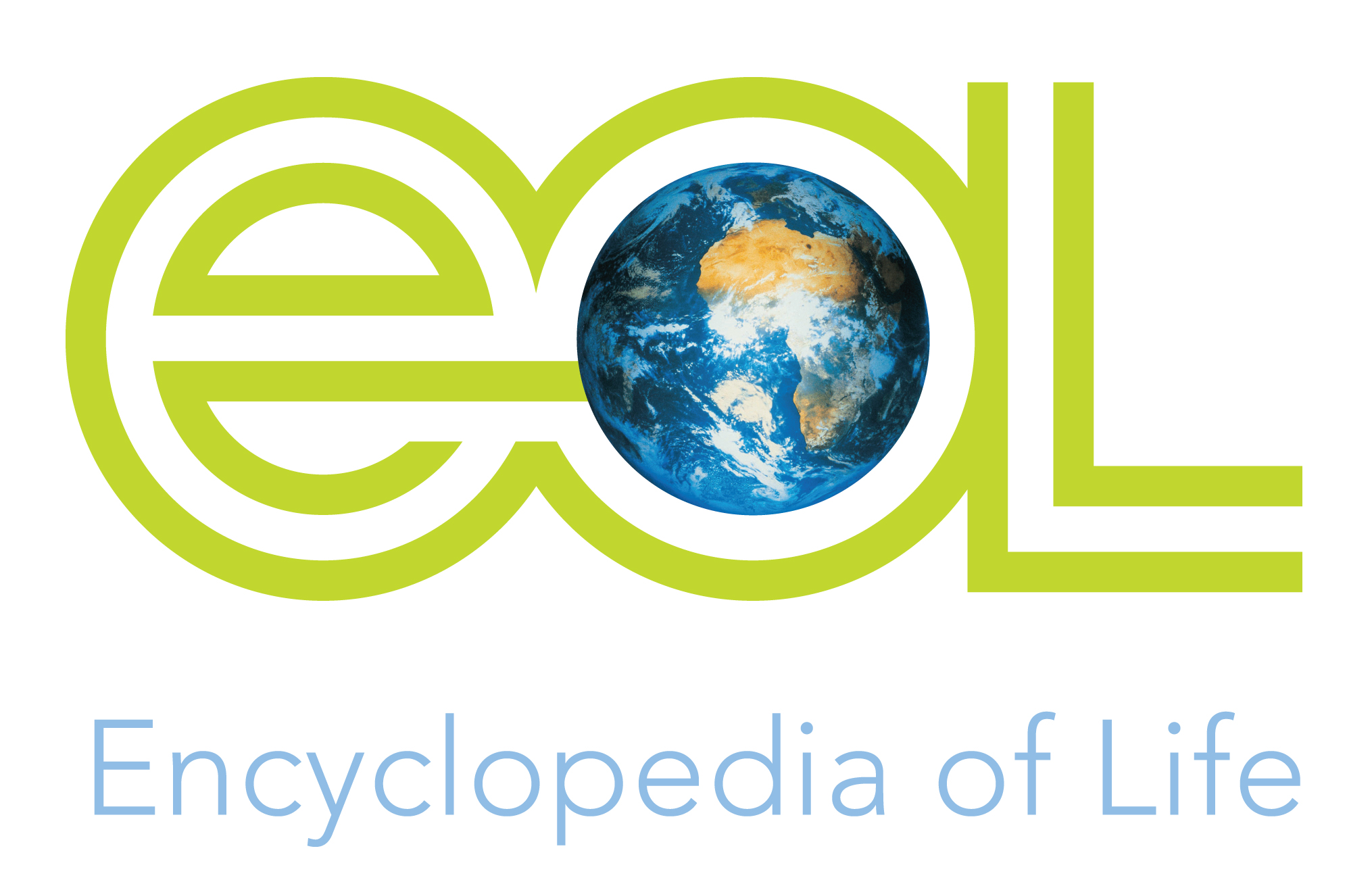diagnostics
75-85 cm, 3.65 kg. Sexes are alike. A small albatross with a dark ashy grey head, throat and upper neck. Upperwings, mantle and tail blackish. Bill black with bright yellow upper and lower ridges, shading to pink-orange at tip. Underparts white. Underwings white with black on leading edges. Immature birds have mostly black bills, and their heads and napes are darker than adults' with a contrasting white ‘splash' around the base of the bill. In comparison to adult, white eye-crescent is indistinct and there is virtually no white on the underwing (Ryan 2005).
trophic
The Grey-headed Albatross breeds in colonies on vegetated cliffs close to the coast at Marion and Prince Edward islands (Cooper 2000). Unlike the majority of the genus Thalassarche, it breeds biennially, although 5.4% of successful breeders on Marion Island attempt to breed annually (Ryan et al. 2009). The generation length of 30 years was calculated based on a published estimate of mean age at first breeding and a published estimate of mean annual survival (BirdLife International 2014). Adults cover distances of up to 4 000 km to forage during the incubating period (Nel et al. 2000). It normally occurs singly at sea but readily joins large mixed species aggregations at fishing vessels. Grey-headed Albatrosses feed predominantly by surface-seizing but are also capable of diving up to 6 m (Huin and Prince 1997) to seize food. Diet composition is predominantly fish (Hunter and Klages 1989) although it has been known to take advantage of penguin carrion.

